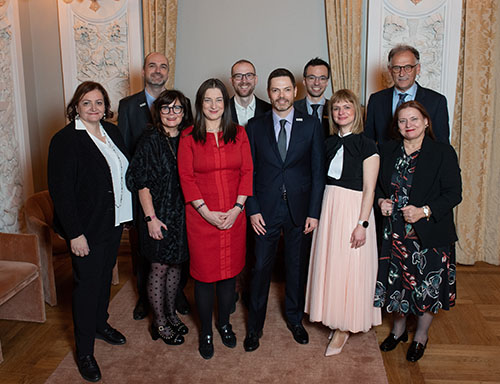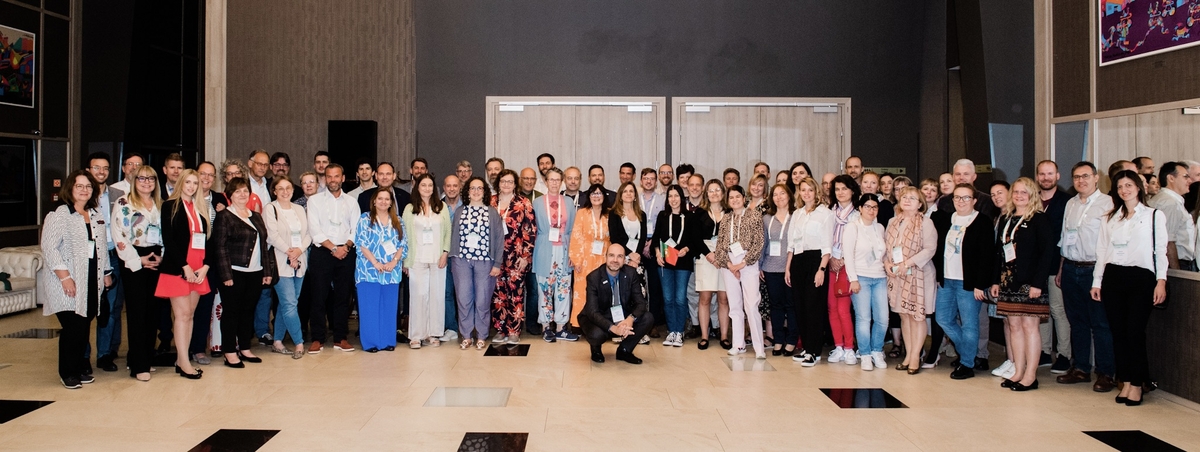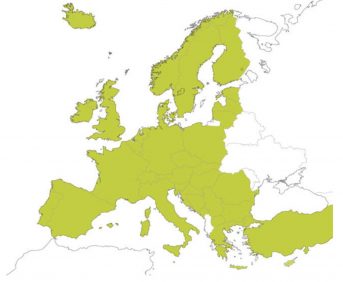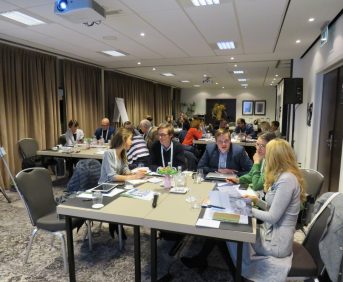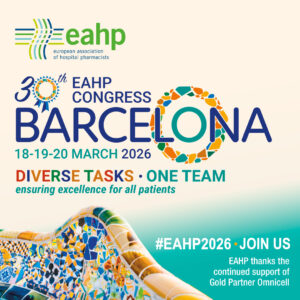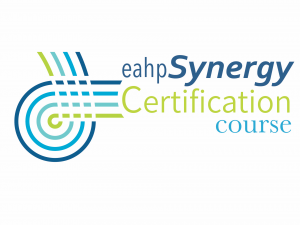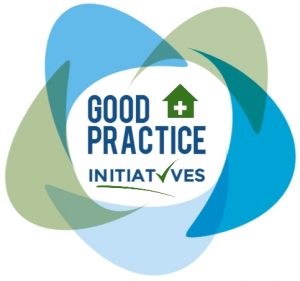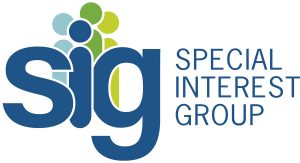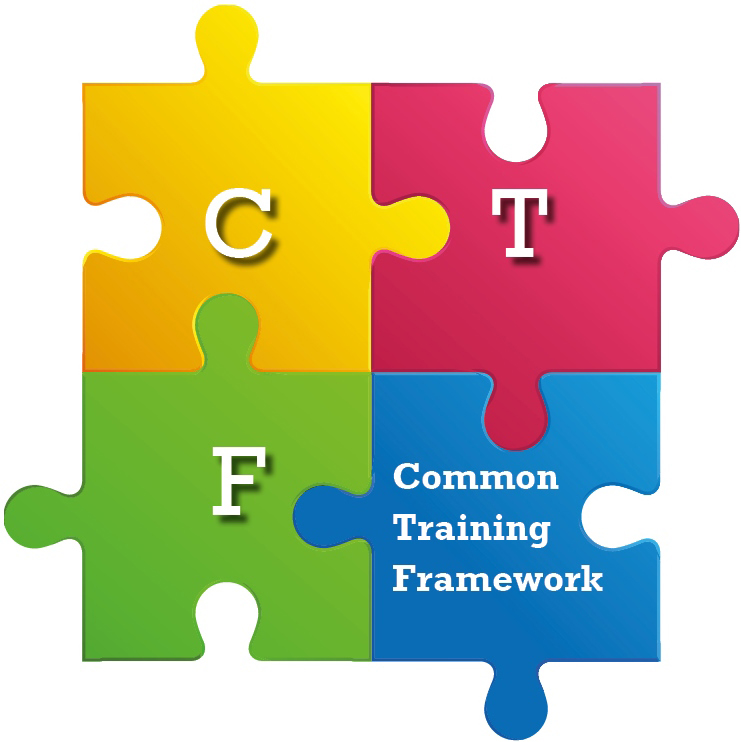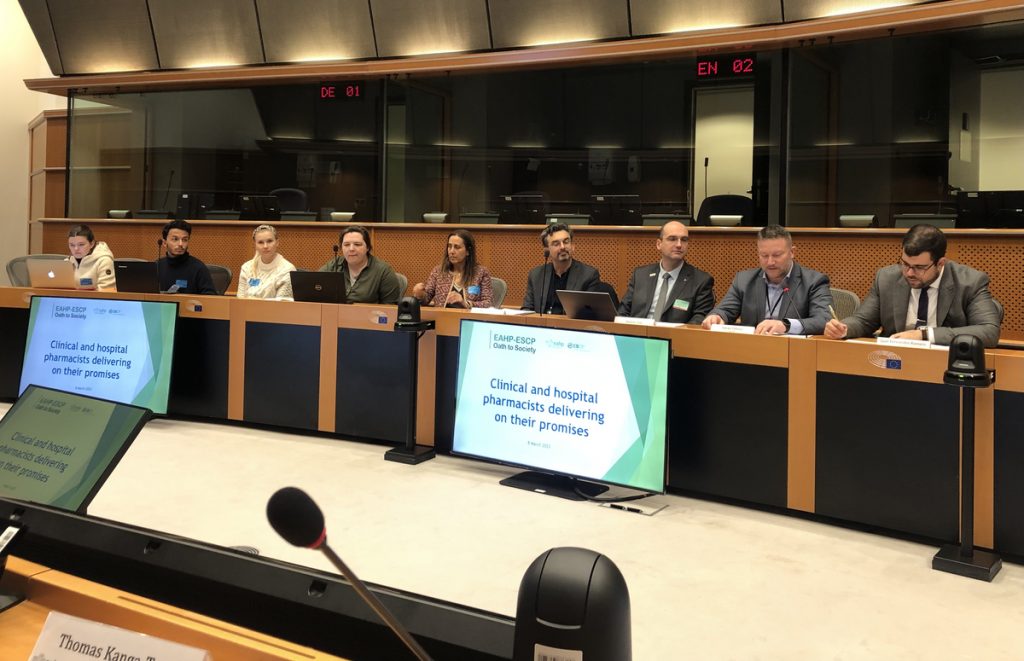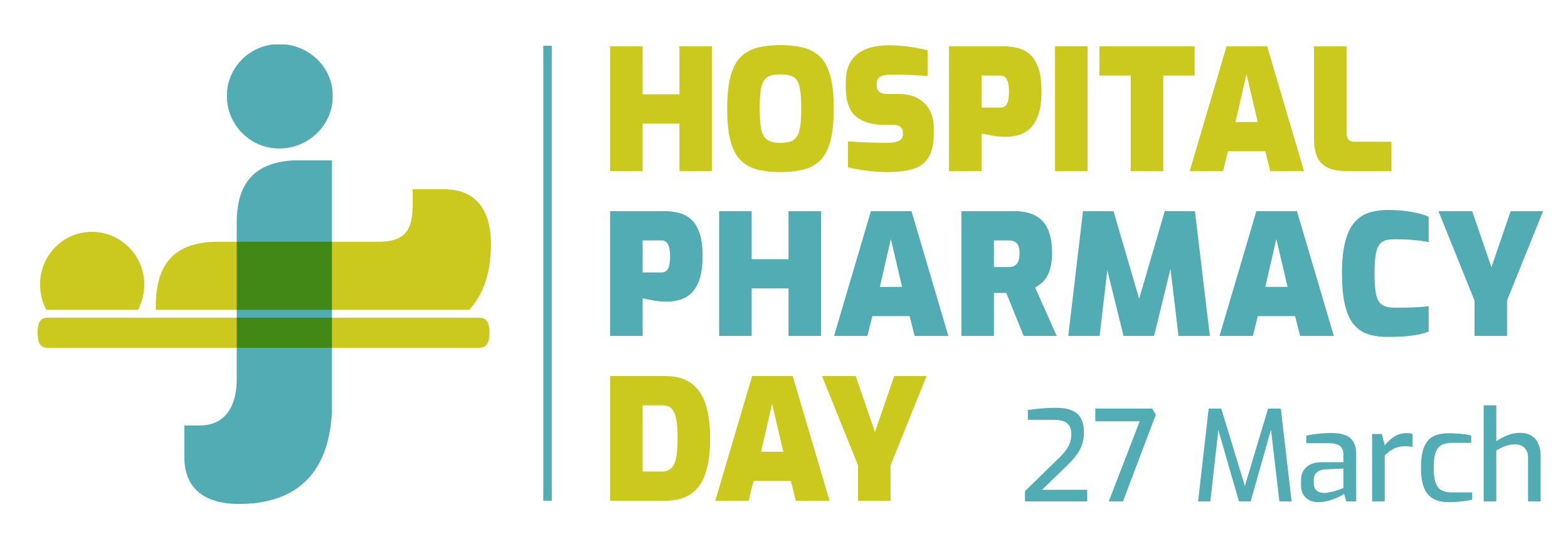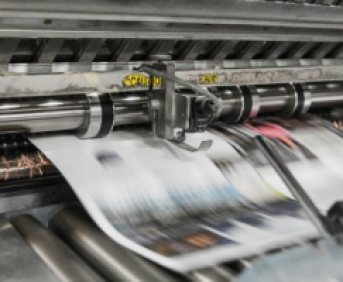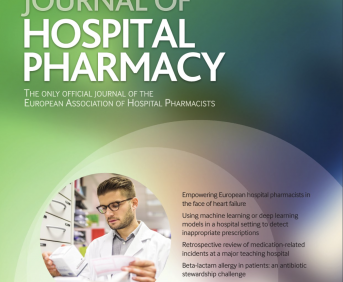ACPE UAN: 0475-0000-19-019-L04-P. A knowledge based activity.
Link to EAHP Statements
Section 1 – Introductory Statements and Governance: Statements 1.1, 1.4, 1.7
Section 3 – Production and Compounding: Statements 3.2, 3.3, 3.4, 3.5
Section 4 – Clinical Pharmacy Services: Statements 4.1, 4.2, 4.3, 4.8
Section 5 – Patient Safety and Quality Assurance: Statements: 5.1, 5.2, 5.4, 5.5, 5.6, 5.7, 5.8, 5.9, 5.10, 5.11
Abstract
Radiopharmacy requires the combination of expertise in pharmaceutical preparation and radiochemistry including the handling of radioactive substances. Both pharmaceutical considerations (production of the pharmaceutical against the environment) and radiation protection principles (protection of the environment against radiation) need to be combined in the radiopharmaceutical production and QC flow.
The clinical use of radiopharmaceuticals is associated with a risk deriving from radiation exposure and (radio)chemical radionuclidical and microbiological contamination.
Microbiological contamination is particularly important since the majority of radiopharmaceuticals are administered intra-venously prior to obtaining results of sterility tests. A thorough quality assurance (QA) programme should, therefore be in place before administration to the patient.
The responsibilities of a Radiopharmacist or Radiopharmaceutical Scientist includes the preparation and dispensing of radiopharmaceuticals and quality control. Specific QC methods for analysis of radiopharmaceuticals include radioHPLC, radioTLC and gamma-spectrometry.
Radiopharmaceuticals are regulated by both radioprotection and medicine agencies taking into account their dual nature as both medicines and radioactive products.
Different regulations apply for the production of radiopharmaceuticals in hospitals within the different member states of the “unified” EU but generally a (radio)pharmacist will assume the end responsibility.
This seminar will provide insight in specific issues with regard to the production, dispensing and QC of radiopharmaceuticals for diagnosis and radionuclide therapy ranging from routine kit preparation of technetium-99m radiopharmaceuticals to cyclotron production of carbon-11 and chemical incorporation in radiotracers for clinical studies according to GMP regulations.
Learning Objectives
After the seminar, participants should be able to:
• understand the basic principles of radionuclide decay and ionising radiation;
• understand the difference between the flow of radiopharmaceuticals prepared by “kit” preparation and full-radiochemical synthesis;
• understand the difference between the risks of radiopharmaceuticals for diagnosis and radionuclide therapy;
• understand the role and responsibility of the (radio)pharmacist in the hospital;
• have insight on implications of real life practice;
• have insight on issues specific of radiopharmaceutical legislation and how to comply with regulations in a hospital setting.
Educational need addressed
To learn and understand the general flow and specific challenges in production, QC and dispensing of radiopharmaceuticals and the specific regulations and standards.
Keywords: Radiopharmacy, GMP, SPECT, PET, radionuclide therapy, aseptic manufacturing.
